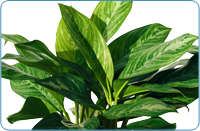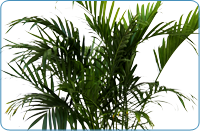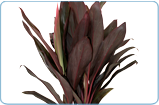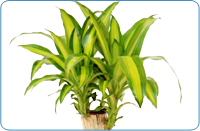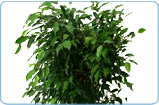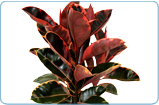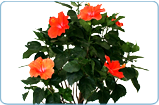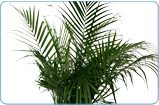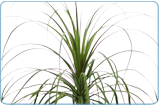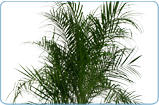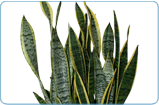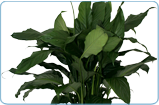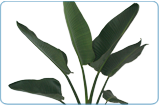Light
Heliconia prefers prefers a well lit setting. It will strive off indirect sunlight so it should be placed in the house or garden where it receives a lot of indirect sunlight.
Placement
Livingroom, Breakfast Nook, Patio
Water Habits
Heliconia grows best in moist soil. Lightly water until the soil becomes a dark color, but not to the point the soil is no longer able to absorb the water. Potting the plant to allow for proper drainage will help guard against over watering.
Temperature
Heliconia prefers warm Temperatures from 62-80°F (17-27°C)
Did You Know ?
The Heliconia was named after Mount Helicon from Greek mythology and is derived from the Greek work helikonious. Often known as the false bird-of-paradise as they have a very close resemblence to the Bird of Paradise. This particular plant is important to the survival of the forrest humming bird and the Honduran White bat.


